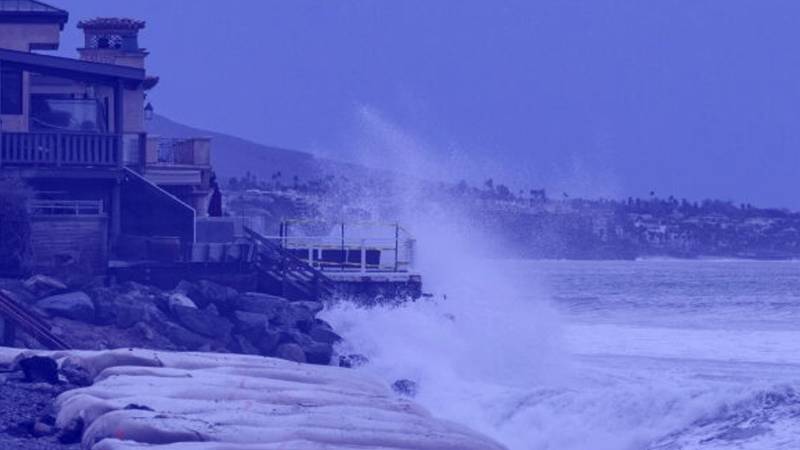
As it made its way towards the southernmost point of Mexico's Baja California peninsula on Friday afternoon, Hurricane Norma became stronger and threatened to bring torrential rains starting on Saturday at the region's well-known tourist destinations.
The U.S. National Hurricane Centre (NHC) reported that Norma had weakened significantly earlier in the day and was now back at Category 3 status, with maximum sustained winds of 120 mph (193 km/h) as it moved north.
About 195 miles (314 km) to the south of Cabo San Lucas, a well-liked vacation town with golden sand beaches, a vibrant nightlife, and whale-watching opportunities, is Norma. The "major hurricane," as air force hurricane hunters have named it, is moving northward at 8 mph (13 km/h), according to the NHC.
At a news conference, state governor Victor Manuel Castro called the storm "very strong" and "erratic."
Castro urged people to remain indoors on Friday evening and called for all bars, clubs, and other businesses to close. In order to facilitate local hotel workers' return home, he also announced that public transit would end at nine o'clock.
He said there are now 10,000 individuals able to stay in the shelters that have been set up.
On Saturday, the NHC issued a warning about potentially hazardous winds, a lot of rain, and flooding in southern Baja California. After Norma made its anticipated turn to the west on Sunday, it was predicted that tropical storm conditions would reach as far as Sinaloa State on Mexico's mainland Pacific coast.
The NHC predicts 5 to 10 inches of rain through Sunday, with up to 15 inches (38 cm) in the worst-affected areas near southern Baja and then throughout portions of Sinaloa by Monday. It issued a mudslide and flooding warning.
Castro continued, "We don't want any surprises; life comes first." "Everything indicates this hurricane will come early in the morning, attacking like a bandit in the night."

